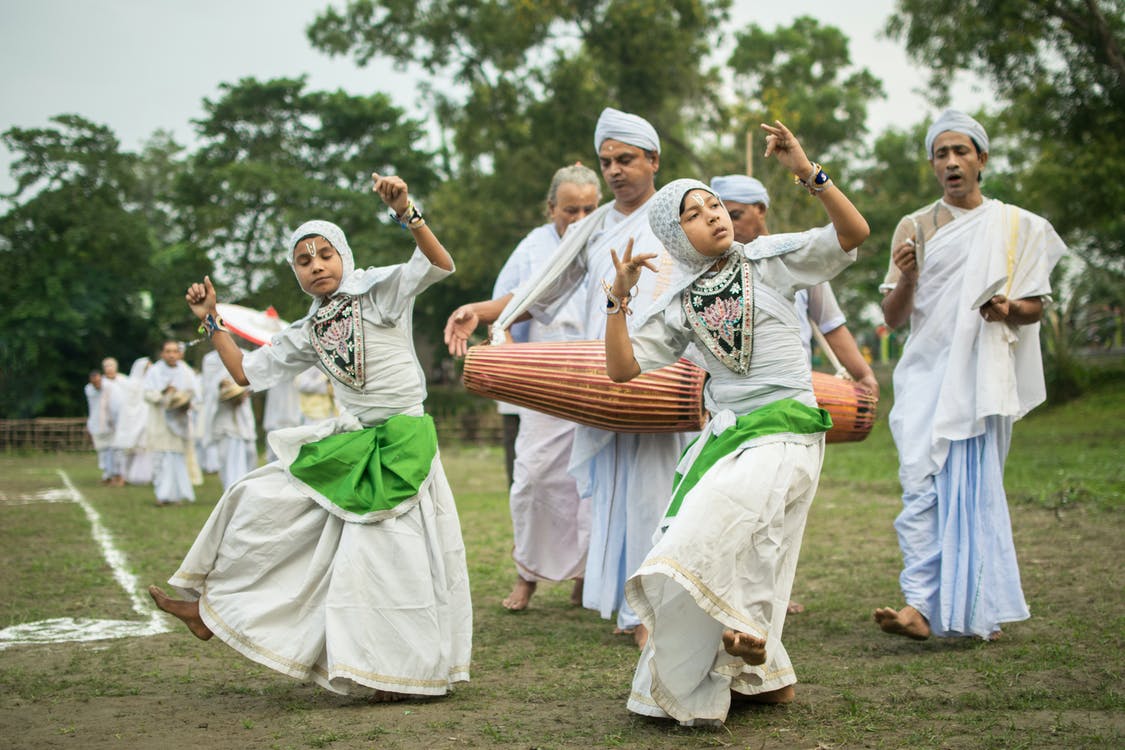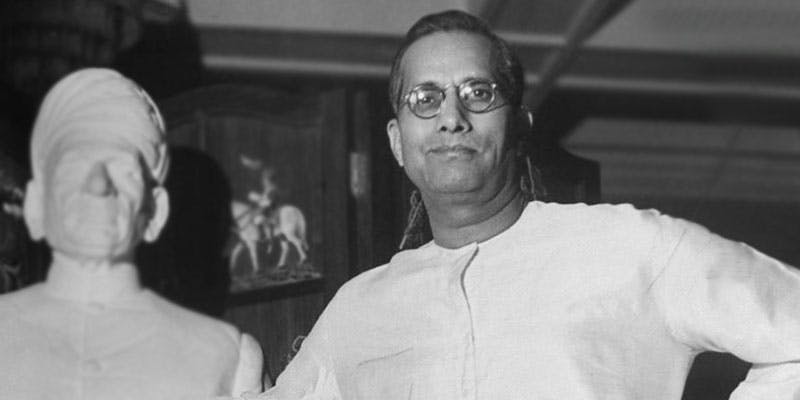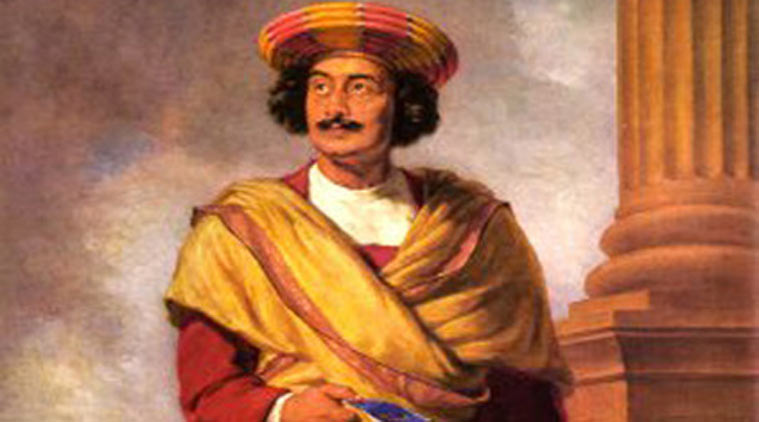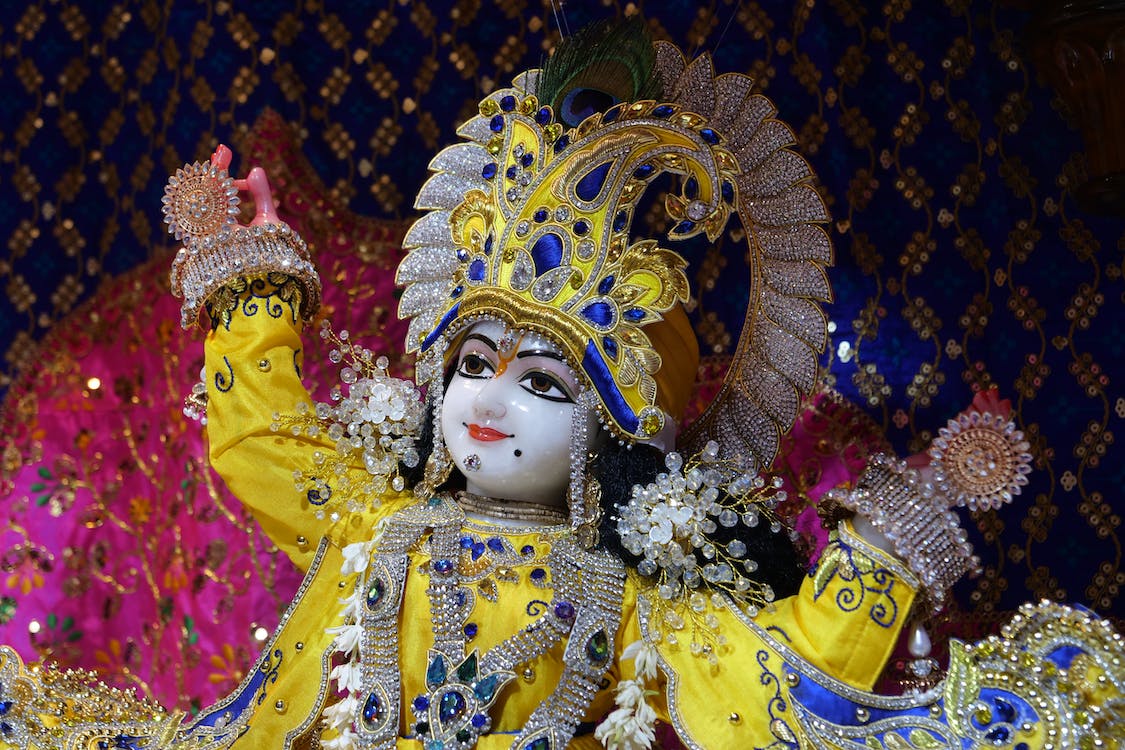Agriculture plays a substantial role in Assamese economy, engaging about half of the total working population and generating roughly one-third of the state’s gross product. So, Bihu is celebrated with great fervour and gaiety. Despite technological advancements, cattle plays an indispensable role in agriculture till today too.
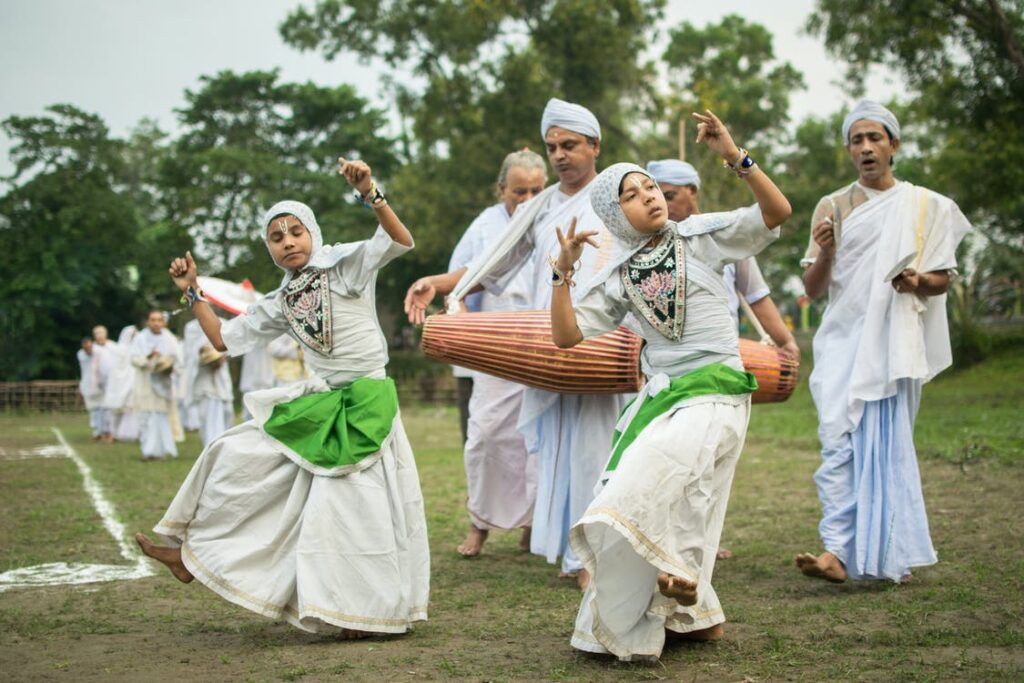
3 types of Bihu Celebrations
- Rongali or Bohag Bihu
- Magh Bihu or Bhogali Bihu
- Kati Bihu or Kongali Bihu
Bohag Bihu is celebrated for seven days, with each day having its own significance.
Also Read: Know about Bihu Festival-Types Celebrations
7 Days of Rangali/Bohag Bihu Celebrations
- Goru Bihu
- Manuh Bihu
- Goshai Bihu
- Kutum Bihu
- Senehi Bihu
- Mela Bihu
- Sera Bihu
Traditional Celebrations of Rangali/Bohag Bihu
The last day of the month of Choit or the last day of the old year is dedicated to the cattle, remembered as ‘Goru Bihu’. The cattle are bathed with fresh water at the riverside or at the empty paddy fields where the fresh water of that month is stored.
Before Bath Rongali Rituals
Before the bathing starts, people offer the cattle a paste of black gram and turmeric. This is believed to be best for protecting their skin. After the session of bathing, the cattle are left free. But before this the owners or family members take a bamboo stick called Chak to which vegetables like brinjal, bitter gourd and bottle gourd are tied together and slowly hit the cattle to the rhythm of a song.
After this, people go to take a bath in the river or pond with the remaining paste of turmeric and black gram (matimah) followed by feasting on various snacks majorly made of rice flour or the rice boiled or fried with unique traditional patterns, relished with curd and jaggery.
Cattle Rohang Rituals
At the end of the day; when the cattle return home, they are welcomed with a new traditional rope called ‘Tora pogha’. This is similar to offering a new cloth to the cattle. Cattles are also served with different food preparations. At the night they are also served with different food preparations.
First Week of Bohag
The first week of the month of Bohag is full of celebration. From the first days, Bihu dance performance groups, called as Husori, start visiting the villages. Villagers welcome them whole heartedly. For the first week of the Assamese New Year people go to meet their relatives.
Hosts offer palatable traditional snacks, and Bihuwan (gamocha or traditional towels) to the guests. With the end of Bohag Bihu, fresh showers touches the soil and people get ready for the first season of agriculture in the new year.
